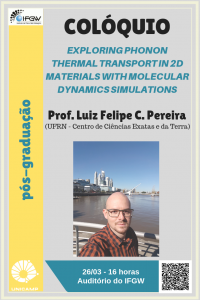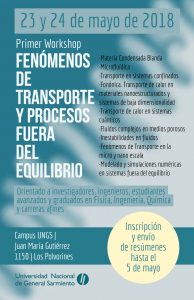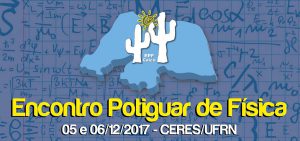This week I am presenting a Colloquium at the Institute of Physics (IFGW) at UNICAMP, the top ranking research university in Latin America. It is a great honour for me and I thank my host, Prof. Alexandre F. Fonseca, for this kind invitation. During the week I will also discuss new projects with Alexandre and his group.
The presentation is entitled “Exploring phonon thermal transport in 2D materials with molecular dynamics simulations”. Since its aimed at a broad audience of graduate students and faculty, it begins with a general introduction to nanotechnology, moving on to the relationship between thermal transport and dimensionality, molecular dynamics simulations and finally to our results. I will detail our quest to improve thermal conductivity calculations for graphene from 2013 to 2017, and conclude with some recent results by Ph.D. student Isaac Felix.





